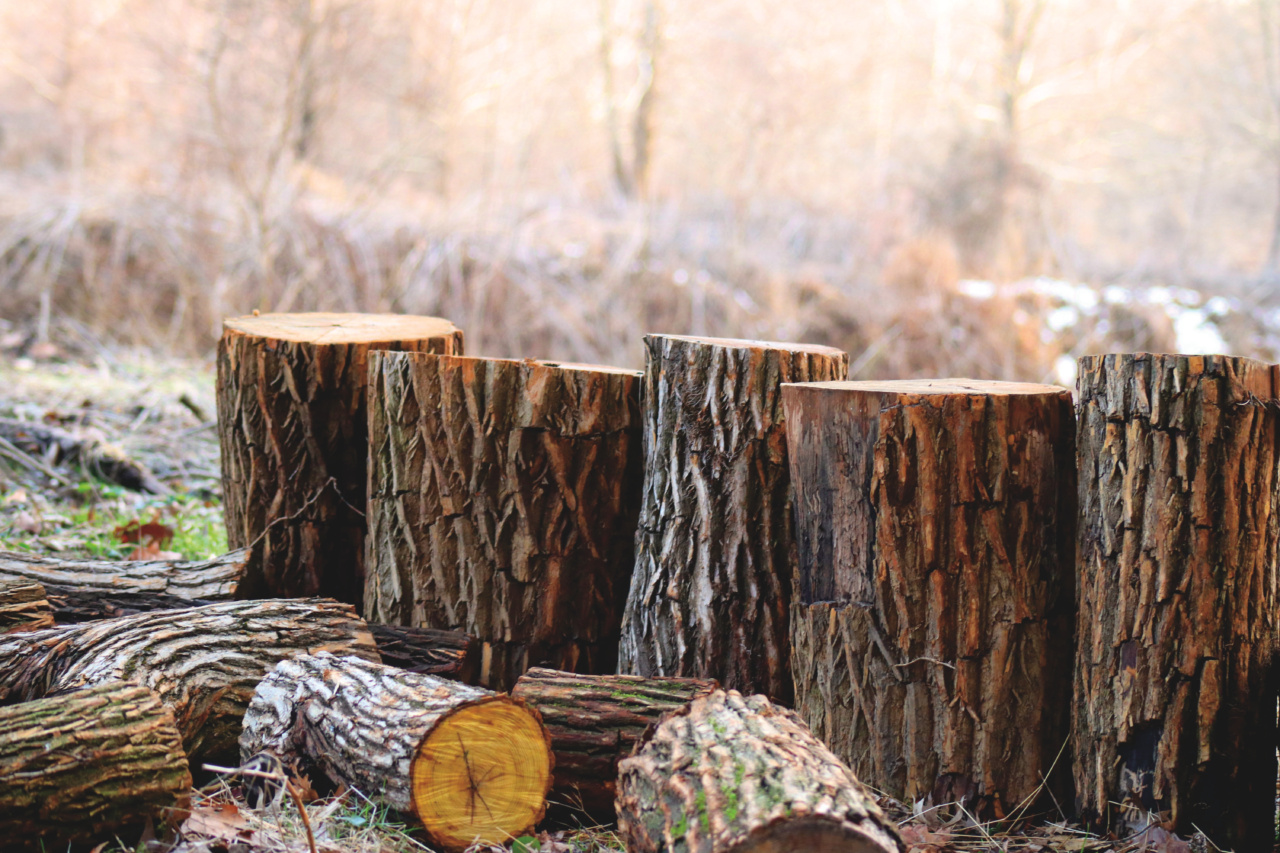A baby’s umbilical stump is the remaining part of the umbilical cord that is left after it is cut at birth. The umbilical cord is the lifeline that connects the baby to the placenta in the womb, providing essential nutrients and oxygen.
After the baby is born, the umbilical cord is clamped and cut, leaving behind a stump that gradually dries up, shrinks, and eventually falls off.
When does the umbilical stump normally fall off?
The umbilical stump typically falls off within two weeks after birth, but the exact timeframe may vary. It is important to note that each baby is unique, and the healing process can differ from one infant to another.
Some babies may experience the umbilical stump falling off within a few days, while others may take a little longer.
What if the umbilical stump doesn’t fall off?
In some cases, the umbilical stump may take longer to fall off or may not detach completely on its own.
If the stump hasn’t fallen off after three weeks or if you notice any signs of infection, it is essential to take appropriate measures to prevent complications and promote healing.
Signs of infection in a baby’s umbilical stump
It is important to monitor the umbilical stump closely for any signs of infection. Some common signs of infection include:.
- Redness and swelling around the base of the stump
- Persistent or foul-smelling discharge
- Oozing or bleeding from the stump
- Fever or irritability
If you notice any of these symptoms, it is crucial to seek medical attention promptly to prevent the infection from spreading and causing further complications.
How to care for a baby’s umbilical stump
Proper care and cleanliness are essential in promoting a healthy healing process for your baby’s umbilical stump. Here are some guidelines to follow:.
- Keep the stump clean: Gently clean the base of the stump with a cotton ball or swab dipped in warm water. Avoid using alcohol or other cleaning agents unless recommended by your healthcare provider.
- Keep it dry: After cleaning, make sure to pat the stump dry gently. Exposing the stump to air can help it dry out and detach naturally.
- Avoid covering the stump: It is best to leave the stump exposed to air to prevent moisture buildup, which can delay the drying process.
- Stick to sponge baths: Until the umbilical stump falls off, it is recommended to avoid submerging your baby in a tub or giving them regular baths. Sponge baths can help keep the stump dry.
- Choose loose-fitting clothing: Dress your baby in loose-fitting clothing to prevent friction or rubbing against the sensitive umbilical stump area.
- Handle with care: When carrying or dressing your baby, be gentle around the umbilical stump to avoid any unnecessary pulling or tugging.
When to contact your healthcare provider
While most cases of delayed umbilical stump detachment do not pose a significant health risk, it is essential to consult your healthcare provider for further evaluation and guidance. Contact your healthcare provider in the following situations:.
- If the umbilical stump hasn’t fallen off after three weeks
- If you notice any signs of infection
- If your baby seems to be in pain or discomfort
Remember, your healthcare provider is the best person to assess the situation and provide appropriate advice based on your baby’s specific circumstances.
Potential complications of a retained umbilical stump
While it is relatively uncommon, a retained umbilical stump can lead to potential complications if not properly addressed. Some possible complications include:.
- Umbilical granuloma: This is an overgrowth of tissue at the base of the umbilical stump, resulting in a reddish, moist lump. It may require cauterization or other medical interventions to promote healing.
- Umbilical hernia: A retained umbilical stump can increase the risk of developing an umbilical hernia, where a small part of the intestine or fatty tissue protrudes through the abdominal muscles near the navel. A hernia may require surgical correction.
- Infection: A retained umbilical stump can increase the risk of infection, as the moist, partially detached tissue may provide a breeding ground for bacteria. Infections require prompt medical treatment.
Early detection and appropriate treatment can help prevent these complications and ensure your baby’s umbilical stump heals properly.
Natural remedies for aiding umbilical stump detachment
In addition to general care and hygiene practices, a few natural remedies can potentially aid in umbilical stump detachment:.
- Goldenseal powder: Goldenseal possesses antimicrobial properties and can be used in the form of a powder to sprinkle on the umbilical stump. However, it is important to consult with a healthcare professional before using any herbal remedies on your baby.
- Essential oils: Some essential oils, such as lavender or tea tree oil, have antibacterial properties. However, it is crucial to dilute the essential oil properly and seek guidance from an expert before using them on your baby.
It is important to remember that these natural remedies should only be used under the guidance of a healthcare professional, as the safety and efficacy for umbilical stump care have not been extensively studied.
The importance of patience and observation
Every baby’s healing process is unique, and it is crucial to be patient during this time. Most umbilical stumps naturally fall off without any complications.
By following proper care guidelines, monitoring for signs of infection, and seeking medical advice when necessary, you can help ensure a healthy healing process for your baby.
With time, care, and attention, the umbilical stump will gradually dry up and detach, leaving behind a healed and healthy belly button for your little one.
Conclusion
A baby’s umbilical stump is a normal part of the postnatal period, and it typically falls off within two weeks after birth.
However, in cases where the umbilical stump doesn’t fall off or shows signs of infection, it is crucial to take appropriate measures. By following proper care techniques, seeking medical advice when necessary, and being patient, you can ensure a healthy healing process for your baby’s umbilical stump.






























